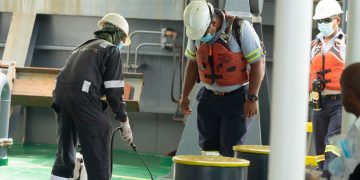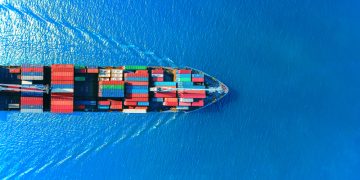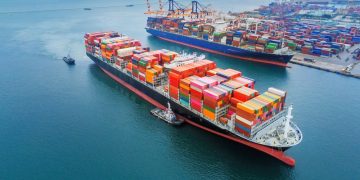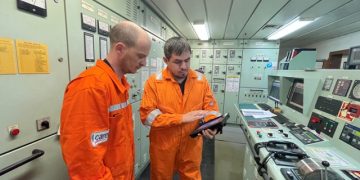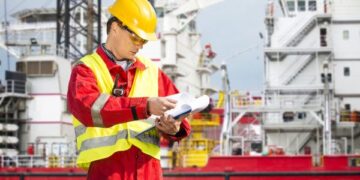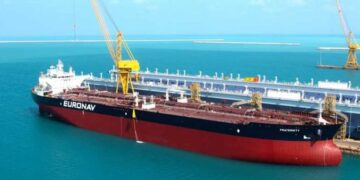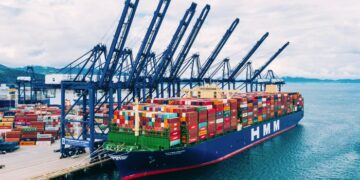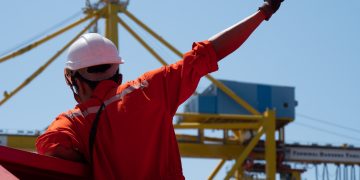The California Energy Commission (CEC) approved a $10.5 million grant for renovations at the Port of Humboldt Bay to support offshore wind activities in an area designated for development on the north coast.
Once renovated, the new Humboldt Bay Offshore Wind Heavy Lift Marine Terminal will be capable of handling large heavy cargo vessels, offshore wind floating platform development and integration and decommissioning, and other maritime activities.
The terminal is expected to initially support the development of up to 1.6 gigawatts (GW) of offshore wind in the Humboldt call area, enough electricity to power up to 1.6 million California homes.
I’m excited by the opportunity to partner with the Humboldt Bay Harbor, Recreation, and Conservation District in their pursuit of revitalizing their port to support the necessary infrastructure for deploying ocean based clean energy resources that will benefit Californians
said CEC Commissioner Kourtney Vaccaro.
The project is expected to revitalize the waterfront industry in Humboldt County and provide living wage jobs to nearby communities. An economic assessment found that the terminal could generate as many as 830 local jobs and more than $130 million in industry output over a five-year period.
Activities funded by this grant include completing preliminary engineering and design work, conducting site surveys and special studies, preparing necessary environmental impact assessments, implementing early construction, and initiating environmental mitigation measures. The funds may also be used to attract matching funds from Federal grants and to contribute towards project construction.
The funding was approved as part of the 2021–2022 state budget. Governor Newsom’s 2022–23 budget proposal builds on this effort and proposes $45 million for additional investments to prepare waterfront facilities in California to support floating offshore wind energy development in federal waters off the California coast.
The CEC recently started a process to create a strategic plan for offshore wind energy in federal waters as directed by Assembly Bill (AB) 525. The legislation requires the CEC to evaluate and quantify the maximum feasible capacity of offshore wind to achieve reliability, ratepayer, employment, and decarbonization benefits and establish megawatt offshore wind planning goals for 2030 and 2045 by June 2022 and submit the strategic plan to the Legislature in June 2023.
As part of developing the strategic plan, the CEC in coordination with relevant state and local agencies, is required to develop a plan to improve waterfront facilities that could support a range of floating offshore wind energy development activities, including construction and staging of foundations, manufacturing of components, final assembly, and long-term operations and maintenance facilities.










